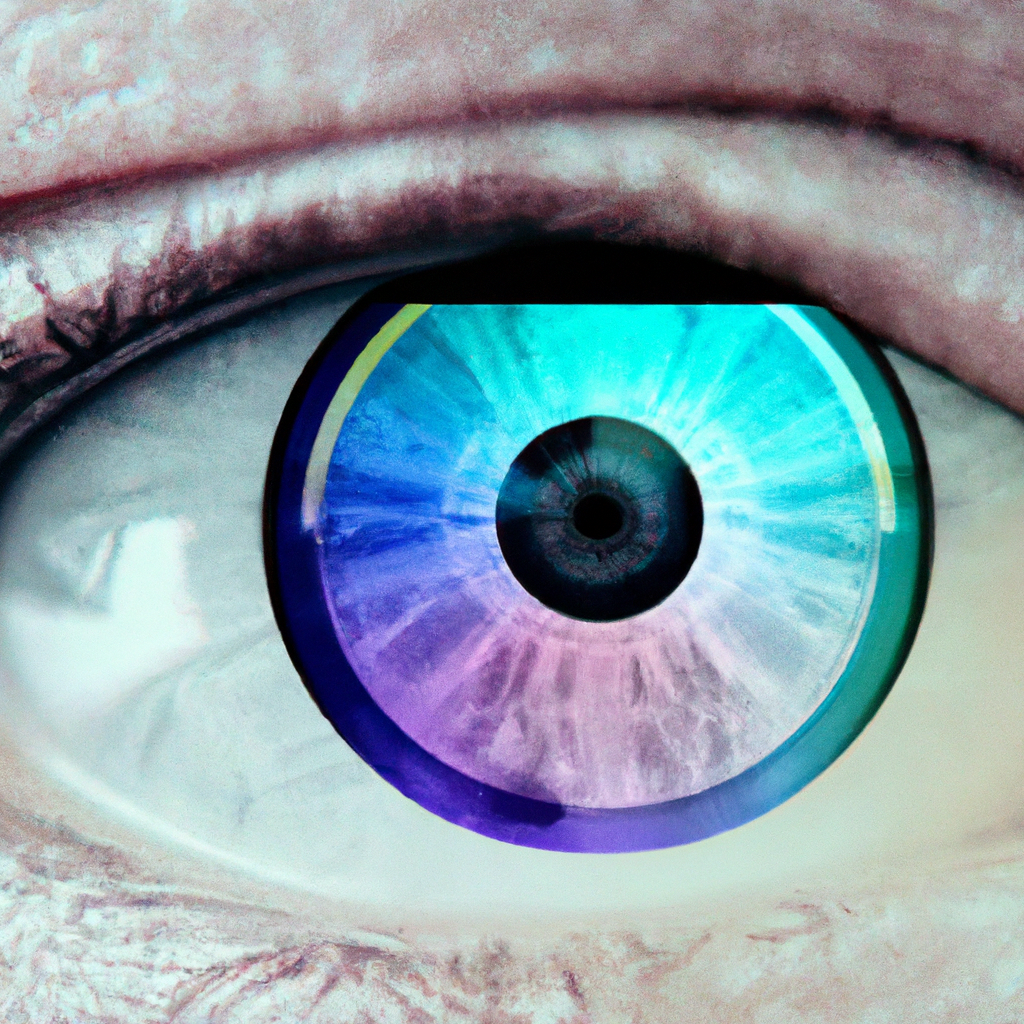-
Reading Roadmap
- Success Factors for Implementing Autonomous AI Systems in Diabetic Eye Exams
- Key Takeaways
- Introduction: The Potential of AI in Diabetic Eye Care
- Key Success Factors
- Data Quality
- System Integration
- Regulatory Compliance
- User Acceptance
- Case Study: AI in Diabetic Retinopathy Detection
- FAQ Section
- What is diabetic retinopathy?
- How can AI help in detecting diabetic retinopathy?
- What are the challenges in implementing AI in diabetic eye exams?
- What are the ethical considerations in using AI in healthcare?
- How can these challenges be overcome?
- Conclusion: The Future of AI in Diabetic Eye Care
- Further Analysis
- Key Takeaways Revisited
Success Factors for Implementing Autonomous AI Systems in Diabetic Eye Exams

[youtubomatic_search]
Key Takeaways
- Autonomous AI systems can significantly improve the efficiency and accuracy of diabetic eye exams.
- Successful implementation of these systems requires careful consideration of several key factors, including data quality, system integration, regulatory compliance, and user acceptance.
- Case studies have demonstrated the potential of AI in detecting diabetic retinopathy, a leading cause of blindness.
- Despite the potential benefits, there are also challenges to overcome, such as ethical considerations and the need for ongoing system validation.
- With the right approach, AI can play a crucial role in preventing vision loss among diabetic patients.
Introduction: The Potential of AI in Diabetic Eye Care
Diabetes is a global health crisis, affecting millions of people worldwide. One of the most severe complications of this disease is diabetic retinopathy, a condition that can lead to blindness if not detected and treated early. Autonomous Artificial Intelligence (AI) systems have the potential to revolutionize diabetic eye exams, improving detection rates and reducing the burden on healthcare systems. However, the successful implementation of these systems is not without challenges. This article explores the key success factors for implementing autonomous AI systems in diabetic eye exams.
Key Success Factors
Several factors are critical to the successful implementation of autonomous AI systems in diabetic eye exams. These include:
Data Quality
AI systems rely on high-quality data for training and validation. The accuracy of diabetic eye exam results depends on the quality of the images used, which in turn depends on the quality of the imaging equipment and the skill of the operators. Therefore, ensuring data quality is a crucial success factor.
System Integration
AI systems must be seamlessly integrated into existing workflows to be effective. This requires careful planning and coordination with healthcare providers, as well as technical expertise to ensure compatibility with existing systems.
Regulatory Compliance
AI systems used in healthcare must comply with a range of regulatory requirements, including data privacy and security regulations. Navigating these requirements can be complex, but it is essential for legal and ethical operation.
User Acceptance
Finally, the success of AI systems depends on acceptance by end users – both healthcare providers and patients. This requires clear communication about the benefits and limitations of the system, as well as training and support for users.
Case Study: AI in Diabetic Retinopathy Detection
A study published in the Journal of the American Medical Association (JAMA) demonstrated the potential of AI in detecting diabetic retinopathy. The study used an AI system to analyze retinal images from nearly 7,000 patients. The system achieved an accuracy rate of 94.5%, comparable to that of human experts. This study highlights the potential of AI to improve the efficiency and accuracy of diabetic eye exams.
FAQ Section
What is diabetic retinopathy?
Diabetic retinopathy is a complication of diabetes that affects the eyes. It’s caused by damage to the blood vessels of the light-sensitive tissue at the back of the eye (retina).
How can AI help in detecting diabetic retinopathy?
AI can analyze retinal images to detect signs of diabetic retinopathy. This can improve detection rates and reduce the burden on healthcare systems.
What are the challenges in implementing AI in diabetic eye exams?
Challenges include ensuring data quality, integrating the AI system into existing workflows, complying with regulatory requirements, and gaining acceptance from end users.
What are the ethical considerations in using AI in healthcare?
Ethical considerations include ensuring data privacy and security, avoiding bias in AI algorithms, and ensuring that AI does not replace human judgment and decision-making.
How can these challenges be overcome?
Challenges can be overcome through careful planning, coordination with healthcare providers, technical expertise, clear communication, and ongoing system validation.
Conclusion: The Future of AI in Diabetic Eye Care
Autonomous AI systems have the potential to revolutionize diabetic eye exams, improving detection rates and reducing the burden on healthcare systems. However, the successful implementation of these systems requires careful consideration of several key factors, including data quality, system integration, regulatory compliance, and user acceptance. With the right approach, AI can play a crucial role in preventing vision loss among diabetic patients.
[youtubomatic_search]
Further Analysis
As AI continues to evolve, its application in healthcare, particularly in diabetic eye care, is expected to expand. However, it is crucial to address the challenges and ethical considerations associated with its use. With careful planning and implementation, AI can significantly improve the efficiency and accuracy of diabetic eye exams, potentially saving millions of people worldwide from vision loss due to diabetic retinopathy.
Key Takeaways Revisited
- Autonomous AI systems can significantly improve the efficiency and accuracy of diabetic eye exams.
- Successful implementation requires careful consideration of data quality, system integration, regulatory compliance, and user acceptance.
- Case studies have demonstrated the potential of AI in detecting diabetic retinopathy.
- Challenges include ethical considerations and the need for ongoing system validation.
- With the right approach, AI can play a crucial role in preventing vision loss among diabetic patients.







